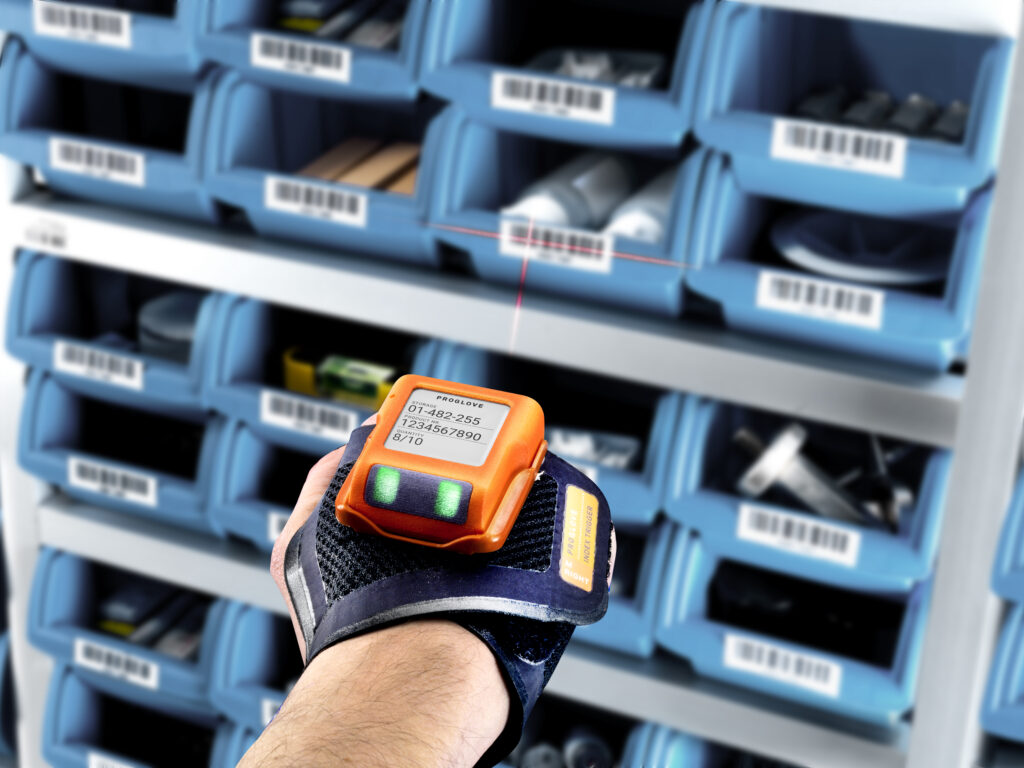Warehouses Struggle to Forecast Demand
13th January 2023

A new survey commissioned by ProGlove, leader in wearable barcode scanners, has identified the ongoing struggles of warehouses trying to predict demand patterns accurately. Of those surveyed, just 39 per cent of respondents felt they could accurately predict trends and activity for the holiday season.
Forecasting demand is one of the cornerstones of successful warehouse management. Yet, 51 per cent of respondents stated that forecasting demand was their biggest inventory management concern. In order to forecast demand accurately and avoid stock surplus or shortfalls, organisations need a predictable logistics landscape. Unfortunately, 2022 was not a year for predictability, and 2023 is already continuing on a similar trajectory. The war in Ukraine, inflationary pressures and the impact of the Covid outbreak in China on global supply chains are just a few factors creating an uncertain environment for warehouses this year.
Uncertainty throughout supply chains over the 2022 peak holiday season has continued into 2023
1 in 5 (19%) respondents stated they weren’t prepared for the peak holiday season in 2022. Looking ahead, less than 2 in 5 (38%) expect supply chain issues to be largely resolved next year. The research, therefore, demonstrates that warehouses must develop resilience to counteract what is expected to be a turbulent year ahead. Instead of focusing on the external factors they can’t control, organisations need to look at their internal operations and focus on what they can control.
Building resilience in the warehouse
When asked whether they felt adequately prepared for the changing retail patterns of the peak holiday season, just 12 per cent of those surveyed said they felt ‘very prepared’. Employees are looking for the tools to build preparedness from the shop floor to the C-level. By factoring external instability into their operations as a constant, businesses can move beyond fretting and look to building advanced solutions.
Ilhan Kolko, CPO of ProGlove, commented, “Resilience comes from a well-equipped, motivated and safe workforce with transparent and extensive knowledge of their roles and processes. Investing in human-centred technology, and seeking out efficiency gains built around the human worker, can provide the stability warehouses are looking for. The findings in our survey confirm what has been self-evident to those in the warehousing and logistics industry for a few years. External factors are wreaking havoc on the ability of businesses to predict demand and prepare for new challenges. Organisations need to focus on building agile and efficient processes through data-driven insights into the internal workings of the shop floor. Building certainty in the warehouse protects from uncertainty outside of it.”

